
Use code BUILD for 20% off
Book here!
Use code BUILD for 20% off
Book here!As well as providing a protective barrier against the elements, the roof plays a key role in establishing your home’s aesthetic.
If you’re undertaking a renovation, selecting the right roof is a vital part of creating a look that fits with the overall design of your house and blends sympathetically with the locale.
The scope of your roof refurbishment may range from replacing a few broken or damaged tiles to recovering the property entirely.
There are numerous factors to bear in mind, from the size, shape and material makeup of the tiles to planning considerations such as listed building consent and other special designations.
It’s also essential to factor in the pitch of the roof, as some tiles may not be suitable for structures with especially steep or shallow gradients. Of course, budget will play a key role in your specification, too.
When it comes to specifying the best roof material for your renovation, location is often a major determining factor.
Some products are synonymous with certain regions of the country, as the predominant look is based on which raw materials can be sourced locally.
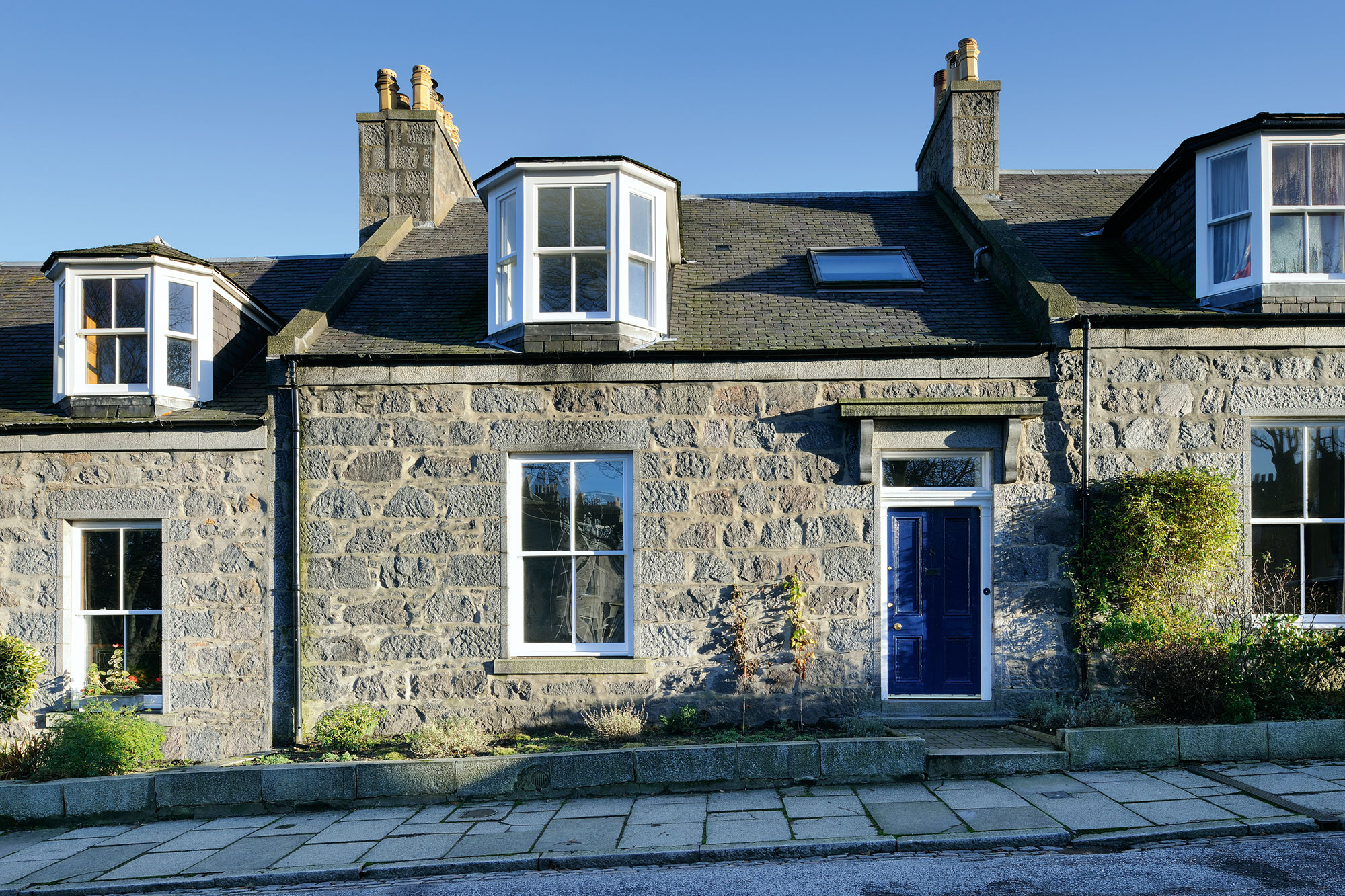
Situated in the Ferryhill area of Aberdeen, this traditional Scottish home – renovated by Brown & Brown architects – is topped with a stylish slate roof
While Wales and Cornwall are known for their distinctive slate-topped roofs, homes in the Midlands are more likely to be covered in clay units.
The Cotswolds features a plethora of characterful limestone roofs, while sandstone coverings are popular in Cumbria.
Profiles can be regional, too. “Kent and the south east corner are known for peg and plain tiles, whereas pantiles are the product of choice in Suffolk, Norfolk and up the east coast,” says Mike Chillery, director at Lifestiles.
The units you choose will also need to complement the other products in your house’s exterior materials palette.
Read more: Roof Tile Design Ideas
“The most important aspects of your home’s facade are the roof finish, brickwork or cladding, and the fenestration,” says Mike. “All of these elements need to balance with each other and be in line with the architecture of the property.”
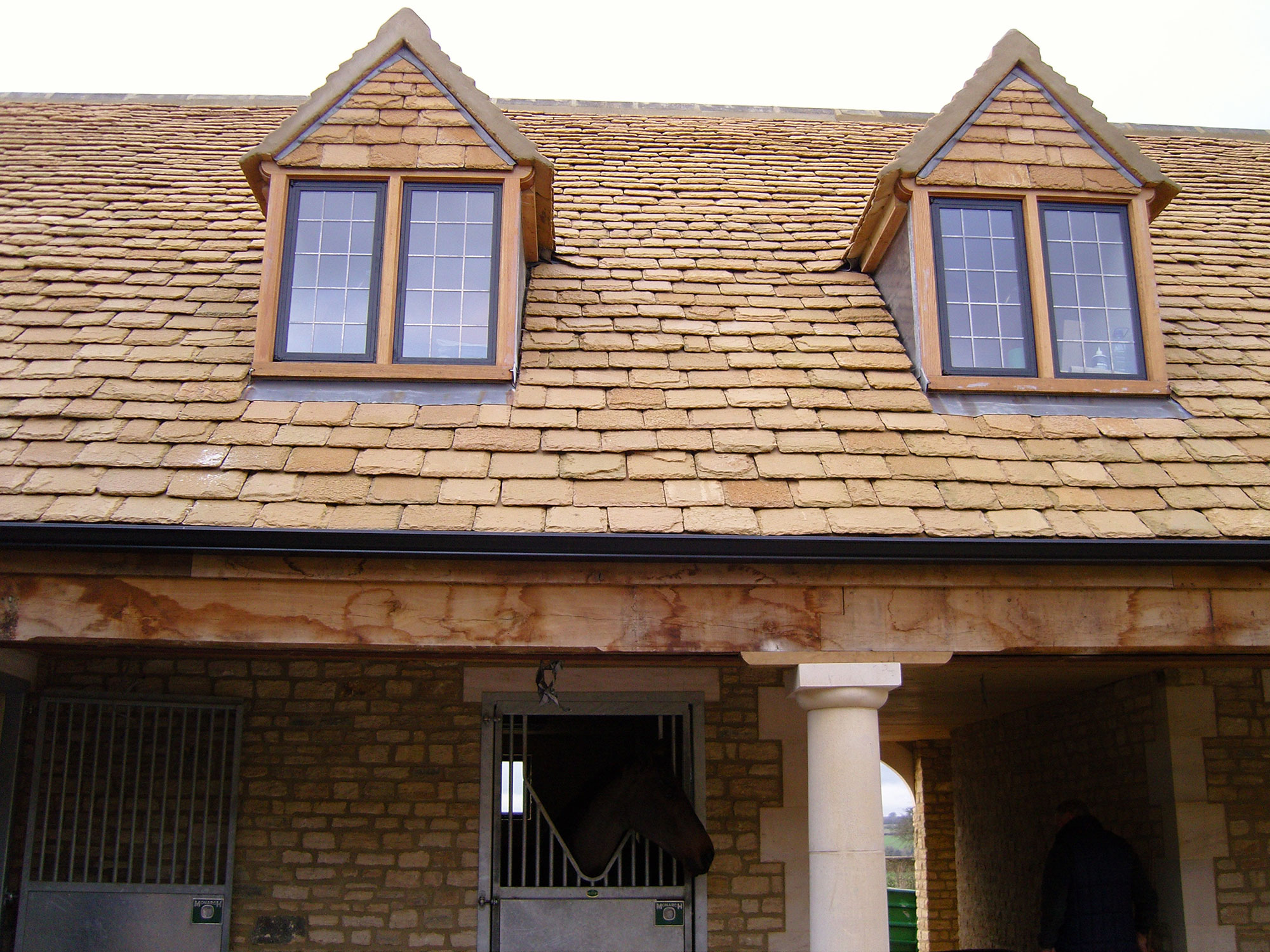
This property in Gloucestershite features a roof topped with characterful limestone units from Lifestiles
You don’t normally need planning permission to repair or re-roof a house (even if you’re using an alternative material) – unless your property is subject to special designations.
“If you’re in a conservation area you’ll definitely need to consult with the planners regarding the suitability of your tiles,” says Chris Hall from TBS Specialist Products.
The same applies if your property is listed, as you’ll probably have to match the original units or those on nearby dwellings.
Bear in mind that, under the Building Regulations, if you are renovating more than 50% of the surface area of an individual thermal element (such as a roof), then you’ll also need to upgrade the insulation in that location.
The only exception is where it’s not technically feasible to do so (for instance if the rafters are too shallow).
Clay, slate and stone are popular choices for many refurbs, particularly heritage schemes where the roof covering plays a huge part in establishing a characterful aesthetic.
There is, however, a range of alternative solutions available for renovators working with a more limited budget.
Available in an attractive spectrum of hues from warm reds to rich blues, clay roof tiles offer an alluring aesthetic. They also provide impressive durability, with a service life of up to 60 years.
Browse more options in our Roofing & Rainwater Goods Product Directory:
They come in an array of shapes and sizes, from widely-used plain and pantile versions to more decorative designs.
Plain clay units work well on steeper roof pitches; as a rule of thumb, they should be laid at a minimum gradient of 35°. Pantiles, on the other hand, can be fitted at 30°.
Originally imported from the continent, S-shaped pantiles are known for the distinctive trough-like effect they create across the roof.
Other ornate profiles include bull-nose and club tiles, which often sit beautifully on heritage homes.
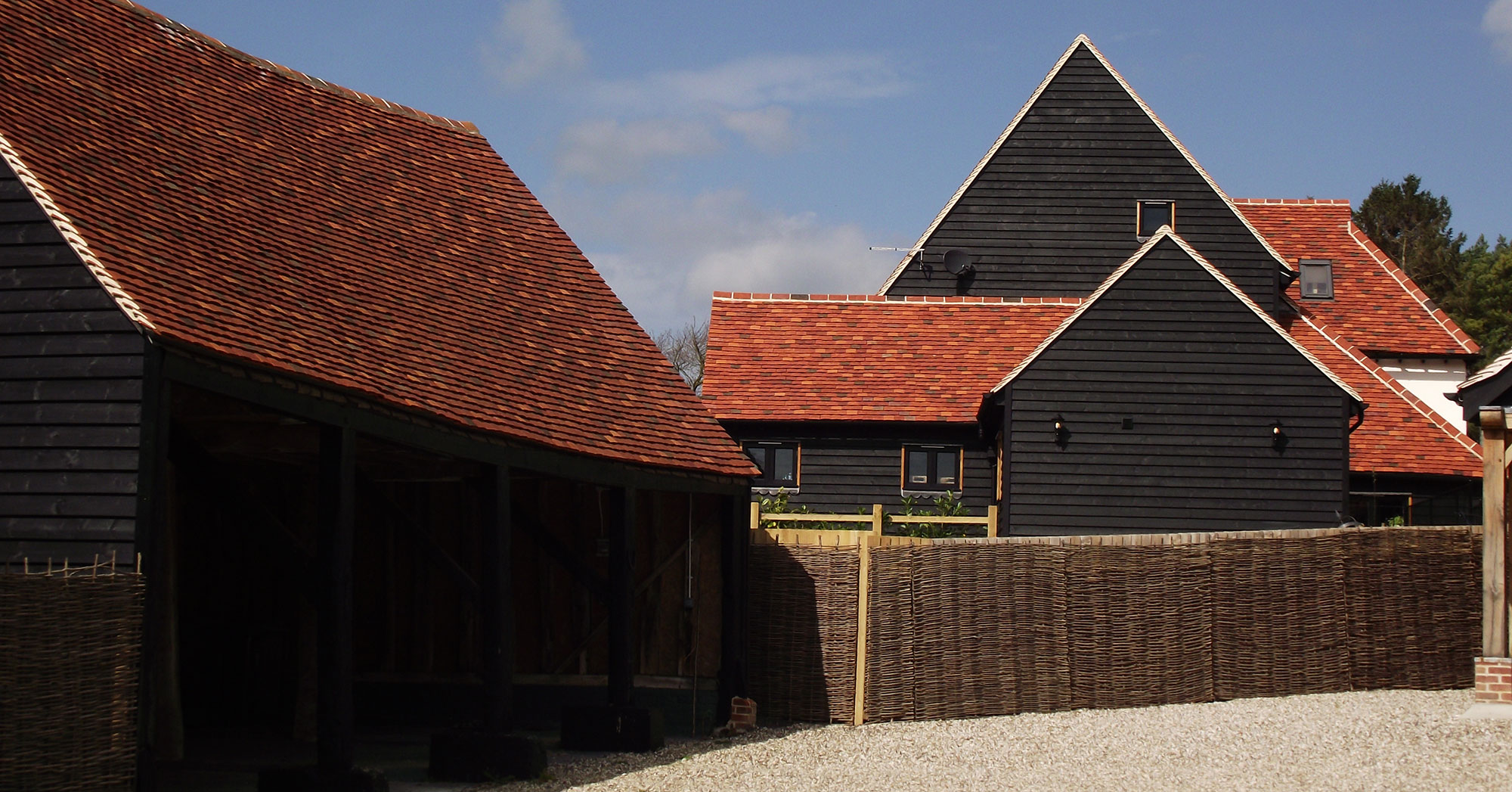
Handmade clay roof tiles from Lifestiles were specified for this barn conversion in Essex
Hand and machine-made options are available, with your choice likely to be largely dictated by your budget. “Machined versions are manufactured by extruding a flat slab of clay, which is pressed into a mould and fired in either tunnel or box gas-fired kilns,” says Chris.
This produces tiles of an identical size, shape and texture, and can be quite effective in establishing clean lines for a contemporary renovation.
Heritage styles are available to mimic a historic look. “With handmade tiles, experienced craftsmen take clay banks and mould them to size individually, before drying and firing them,” says Chris.
This solution tends to be favoured for period properties, as it’s more likely to be in keeping with the building’s character. However, it’ll also cost more.
“Machine-made roof tiles vary in price between around £13 and £30 per m2. Genuine handmade examples start from around £30 per m2, rising up to more than £60 per m2 for some reproductions of historic designs,” says Chris.
This natural product offers a timeless, hard-wearing roofing solution. Split from large blocks of the material by hand, slate tiles feature an attractive riven texture across their surface and high-quality units can deliver a service life of up to 150 years.
Traditionally, a minimum pitch of 20° was recommended, however modern techniques mean they can be laid as low as 15° in unexposed locations.
In terms of design, there’s an array of shapes and profiles to suit your refurbishment’s requirements.
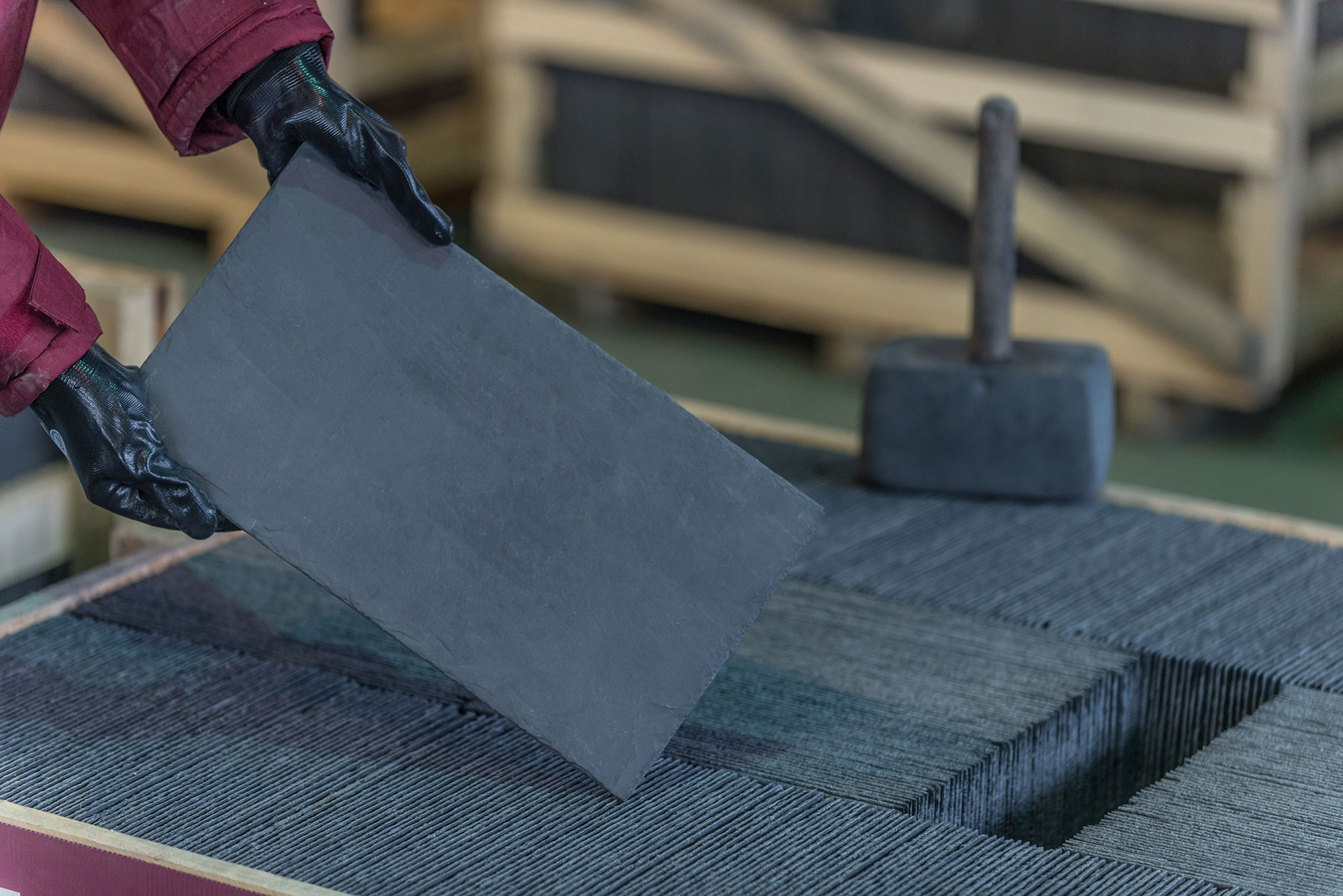
Slate offers a highly distinctive aesthetic and an excellent service life of up to 150 years. This tile is from Cupa Pizarras
“Square, rectangle, bull-nosed (rounded on the bottom) and diamond-cut units are all available,” says Allan Lidell, sales and representative manager at Cupa Pizarras.
“The latter two styles can create a distinctive look on a highly bespoke building or statement project, though rectangle is the most common.”
UK slate is treasured for its distinctive appearance and durability, though as a premium product it will typically cost within the region of £35-£40 per m2.
Goods sourced from Brazil, Spain and China could cost as little as £18 per m2 but be sure to check their quality and provenance before you buy.
A characterful covering that’s commonly used in the regions close to where it’s sourced, such as limestone units in the Cotswolds.
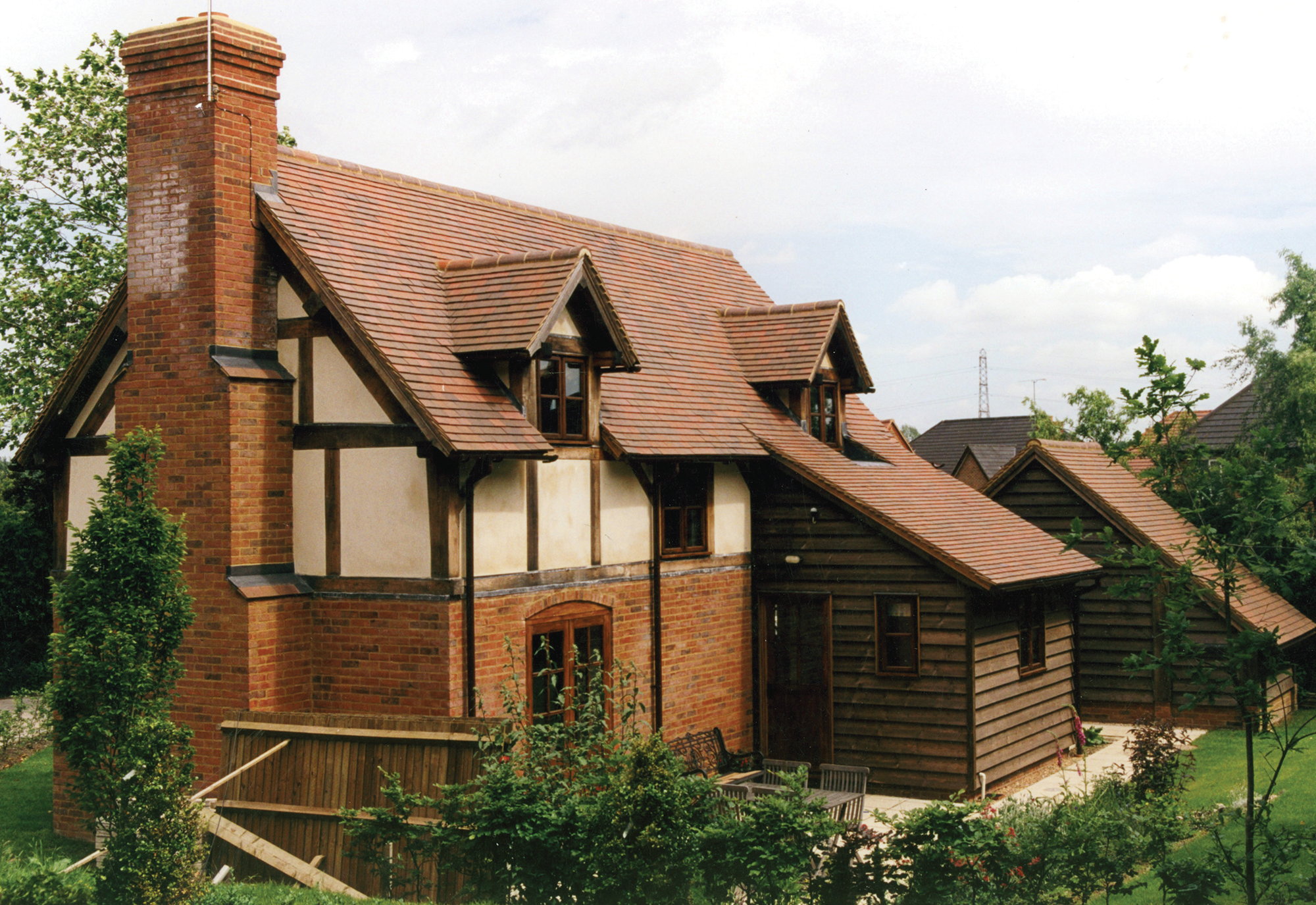
This home features Dreadnought clay roof tiles
Depending on the type you choose, this material tends to come in at the top end of the market, potentially rising above the cost of handmade clay and slate.
Stone tiles can be laid at a minimum pitch of 20°, however, most units will require a roof gradient of at least 30°. Bear in mind that stone is a much heavier material than clay and slate, so unless your roof was designed for this covering, it may need to be reinforced to take the additional weight.
Substitute products can make for a smart choice if you’re on a tight budget.
Concrete tiles are a popular alternative to clay, for example. “The closest in appearance are the small format, mock-bonded concrete units,” says Chris.
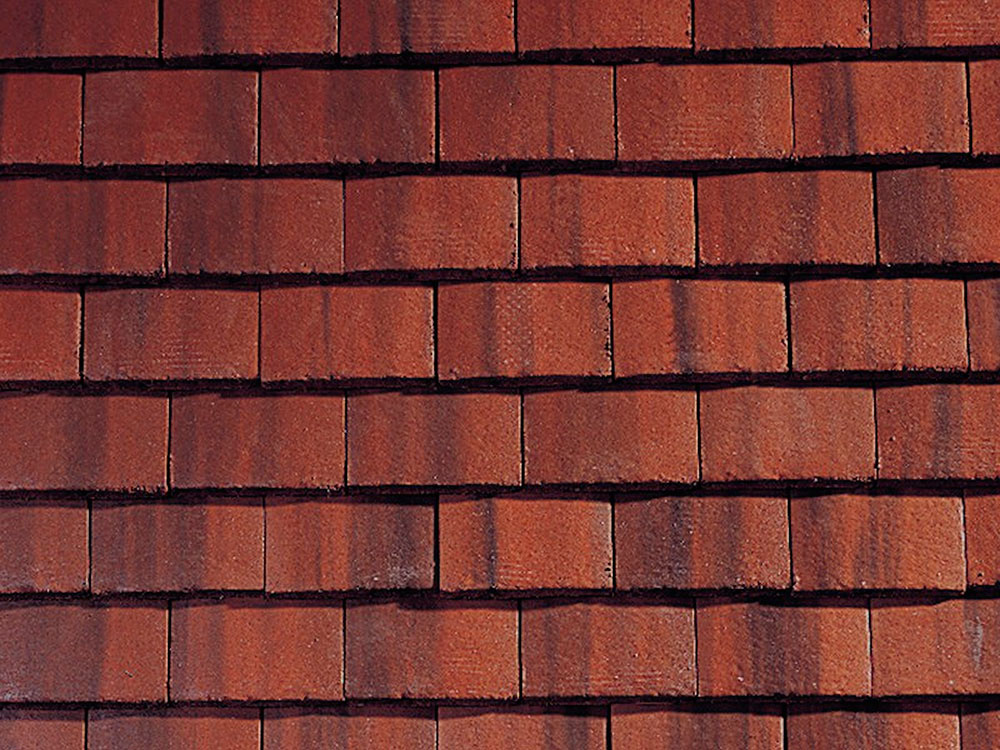
Available from Travis Perkins, this Sandtoft concrete plain tile features a reddish-brown hue, giving it a warm appeal
However, because the colour is not baked all the way through, the warm hue of your roof is likely to fade over time due to sun exposure.
Concrete is significantly heavier than clay, too, so reinforcement might be required.
Fibre-cement tiles, available from the likes of Cembrit and Marley Eternit, are a lightweight, low-maintenance and easy-to-install substitute for natural slate. Marley’s Rivendale, Birkdale, Garsdale and Thrutone ranges can all be used at roof pitches as low as 15° – opening up extra design options.
Quick guide: Common roofing issues & solutions
|
What it will cost to tile or slate a roof depends as much on the complexity of the design as it does on your final product choice.
In this table we have concentrated just on the cost of the tiled finish (including battens, nails and other fixings). It’s important to remember, however, that your choice of tile system may also affect the cost of the roof structure beneath.
Read in full: How to Cost your Roof Tiles
| Tile | Quantity | Material cost | Labour cost | Total before VAT | VAT at 20% | Total incl. VAT |
|---|---|---|---|---|---|---|
| Plain interlocking concrete tiles (small format) | 1,922 | £4,309.41 | £3,258.50 | £7,567.91 | £1,513.58 | £9,081.49 |
| Plain clay tiles | 6,422 | £7,057.74 | £4,482.69 | £11,540.43 | £2,308.09 | £13,848.52 |
| Natural Welsh slates (400mm x 200mm) | 3,689 | £13,324.38 | £4,982.15 | £18,306.53 | £3,661.30 | £21,967.83 |
| Roman interlocking concrete tiles (large format) | 1,025 | £3,803.77 | £2,080.12 | £5,883.89 | £1,176.78 | £7,060.67 |
| Fibre cement slates | 1,582 | £6,002.45 | £4,196.56 | £10,199.01 | £2,039.80 | £12,238.81 |
| Clay pantiles | 1,600 | £5,428.09 | £3,004.66 | £8,432.75 | £1,686.55 | £10,119.30 |
Top image: This handsome Victorian rectory has been re-roofed in Dreadnought tiles’ Collingwood blend to provide an elegant yet rustic finish
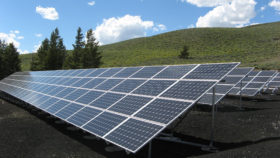

I like the types of roofing tiles I have seen here.
If I may ask, what type of roof tile can the experts recommend to use in an area where blasting is high? Considering the adverse impact of vibration etc.
I’m intrigued – why are you building so close to somewhere where blasting could cause physical damage to your home?
It sounds like you need a bunker rather than a tiled roof! Concrete or clay tiles are pretty resilient and I’d be surprised if they were unable to cope with most situations, even like the one you are describing.
If you are genuinely worried, synthetic slate tiles made from rubber or recycled plastic are virtually indestructible. Tin hats on, everyone!
Mike Hardwick, Build It expert.